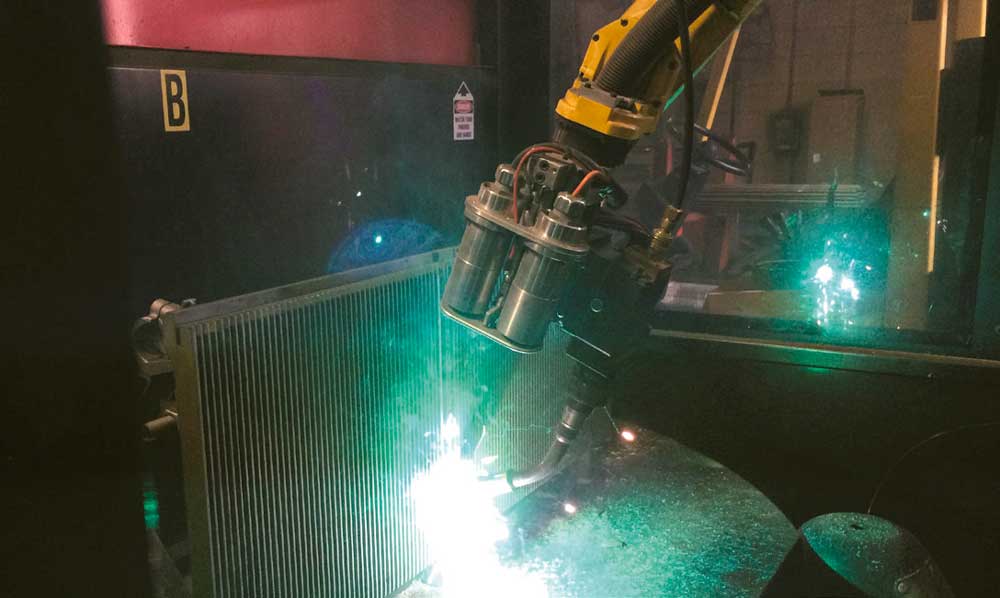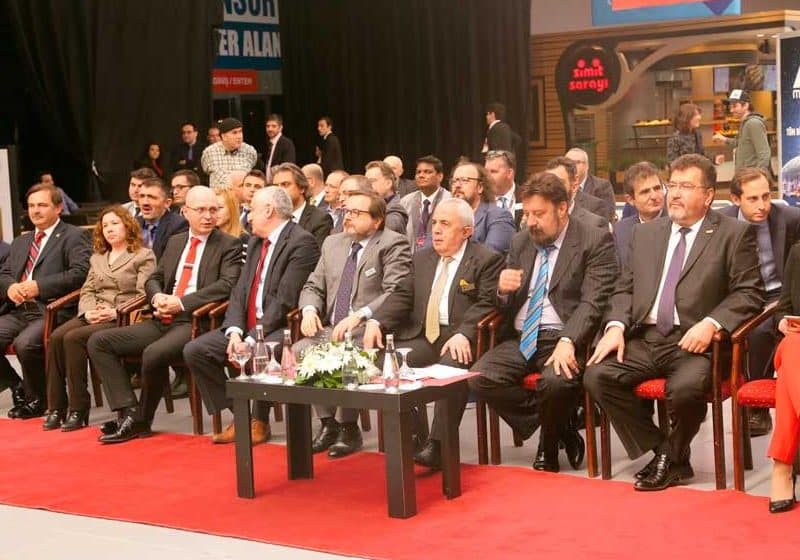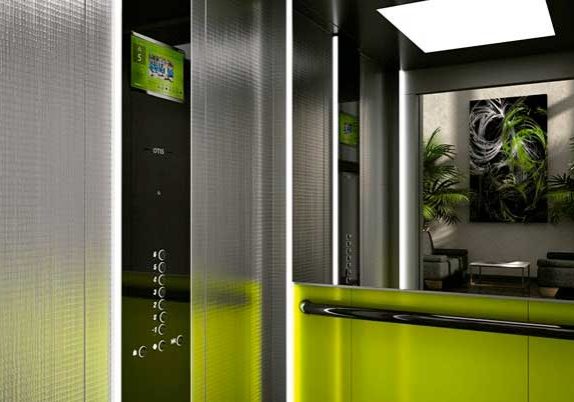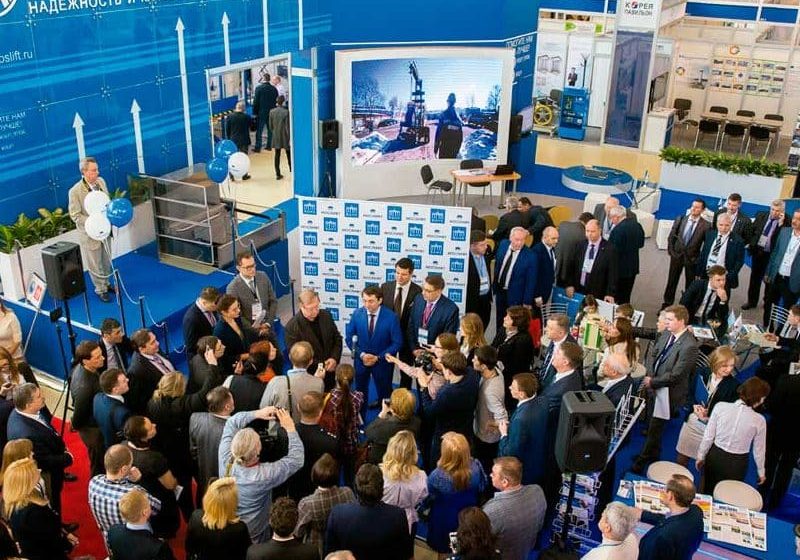Riding the Cutting Edge
Jul 1, 2017

Robotics and automation help ECS boost efficiency, expand product lines and improve the customer experience.
Elevator Cable Supply Corp. (ECS) embraces automation and robotic technology to improve its manufacturing process and provide better service for its customers. The company has seen many changes since its founding more than five decades ago, and with new ownership in 2013 came an expansion of its areas of business.
ECS began in 1961 as a family-owned supplier of such parts as selector tape, switches, buttons and interlocks for elevators, then positioned itself as a leading supplier of escalator parts. In the early 1980s, it installed its first computer-numerical-control (CNC) machine on the shop floor, operating lathes that turned out roller hubs, pin bushings and axles. Now, CNC machines are found throughout the plant and have been joined by two industrial robotic welders.
A major focus of industrial technology is to improve productivity. One such method ECS uses is a bar feeder installed next to the newest Mazak CNC Lathe. With the capability to run 24/7 without assistance, the bar feeder improves efficiency by allowing the operator to turn his attention to other machines during a production run.
The lathe itself employs cutting-edge technology to ensure tight tolerances on critical parts. It can achieve accuracy of one-tenth, which means it correctly positions the tool end to within one-tenth of one-thousandth of an inch, or ±0.0001 in.
Non-turned parts are cut on one of two Mitsubishi CNC Vertical Milling Centers (VMCs). The company originally purchased one to precision-cut parts but soon realized its benefits include increasing productivity and reducing scrap. A second machine was purchased to produce step-chain links. By machining the links, as opposed to stamping them, ECS could supply non-matching and tagged chain for Montgomery-style escalators. The VMCs also enable ECS to manufacture parts for companies outside the vertical-transportation (VT) industry.
As technology advanced, milling chain links was no longer the most efficient way to produce them. ECS supplies some models through strategic partnerships and uses its own Mitsubishi CNC laser cutter to produce Westinghouse-style rack chain. Laser cutting the steel has more than quadrupled the throughput of the rack-chain laminations. The laser cutter can cut a 48-in.-by-96-in. steel sheet up to 3/8-in. thick. After the operator loads a plate, he can tend to other tasks as the machine cuts strips for eight laminations during a 1-hr. process.
Though the milling machines no longer cut the lamination sheets, they drill the holes needed for their finished assembly. Since the laminations require horizontal, as well as vertical drilling, the machine is programmed to run two operations in one routine. Two laminations are secured to the working table, one vertically and the other horizontally, after which the machine cuts one, then the other. Once the routine is completed, the operator switches the position of the laminations and reruns the program.
More recent technology additions are two industrial robotic welders, which further increase the speed and efficiency of production. One of the robots welds steel components, such as joints and hubs in the Westinghouse rack-chain laminations. The other welds aluminum on worn treads as part of the escalator step refurbishment process.
Before the steps arrive at the robotic cell, they are inspected, and any showing structural damage are rejected. Each step style has different welding parameters, so the operator selects the appropriate program. The step is loaded onto a platform, which spins to place it in front of the robot. A camera mounted to the end effector uses light to detect damaged ribs, then the robot applies the weld. What was once a two- to three-person job is now a one-person job per shift. ECS estimates it has saved 20 man-hours per day in this cell alone, savings that have enabled the company to refocus and reallocate staff to other areas of the business.
Robotics have brought savings to the company’s steel welding cell, as well. To produce rack-chain laminations manually, the company could expect to weld 90-100 per day. With a robot doing the work, the company can cycle through 240 laminations per day. Overall, the robots have improved the quality and repeatability of welds by significantly reducing the element of human error. Though the technology did replace manual labor, the company now requires employees with a higher skill set to run and maintain it.
When visitors tour the manufacturing plant at ECS, the robots and CNC machines tend to be the main focal points. What is often overlooked are the less “glamourous” pieces of equipment that enable the company to produce quality products and services. A polyurethane machine to produce rollers in-house was recently upgraded to improve production output. Early on, the machine could process 180 lb. of material; however, with the upgrade, that number climbed to 920 lb. per shift.
Robotics and automation have played a major role in allowing ECS to expand product lines, improve productivity and, perhaps most importantly, offer a better customer experience. “We’ve always excelled at manufacturing a quality product,” said company President Rick Milefchik. “Where we fell short was serving our customers. Not only do we commit to improving the customer’s experience, we plan to increase our offerings to ensure we’re fully meeting their needs.”
Get more of Elevator World. Sign up for our free e-newsletter.









